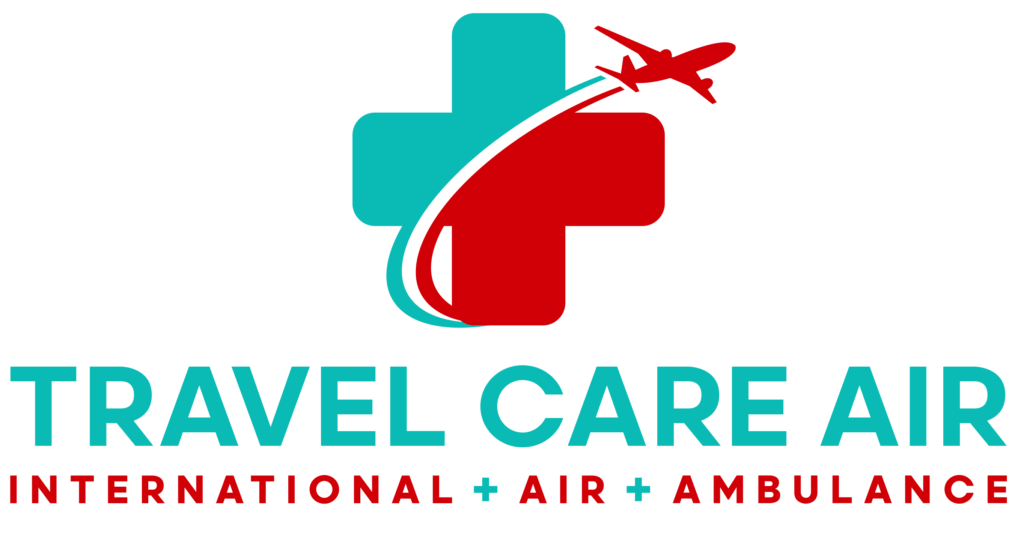Origins and Early Milestones
-
The term “air ambulance” began in France, where balloons moved wounded soldiers during the 1870 Siege of Paris.
-
Purpose-built air ambulance flights took off in World War I.
-
Helicopters later became the most common platform for scene responses and hard-to-reach locations.
-
Private air ambulance operations emerged in the 1930s across remote regions of Canada, Scandinavia, and beyond.
-
The industry expanded rapidly in the 1980s and now operates in hundreds of countries.
→ For background reading, see The Air Ambulance: A History and What Is an Air Ambulance?
How Missions Work Today
-
The average air ambulance flight covers about 52 miles; however, distances vary widely by mission type.
-
Fixed-wing jets typically handle trips over 100 miles, especially interfacility or international transfers.
-
Commercial “medical escort” services support stable patients on airline flights with a clinician and required equipment—often at lower cost than private aircraft.
-
In the U.S., the medical transport sector employs more than 21,000 professionals.
→ If you’re weighing mode and distance, start with Ground Transport vs. Air Ambulance.
Access, Cost, and Who Uses It
-
Typical domestic helicopter transports range from roughly $12,000 to $25,000; pricing depends on distance, staffing, and equipment.
-
An estimated 400,000 patients fly by air ambulance each year in the U.S.
-
The most common request we see: U.S. citizens injured abroad who want to come home for care—most often trauma-related.
-
A close second: international patients and dignitaries traveling to the U.S. for treatment.
→ Planning a return home? Learn What Is Medical Repatriation?.
People, Roles, and Notable Names
-
England’s Prince William famously logged about 20 hours a week as an air ambulance pilot.
-
In the U.S., full-time pilots and flight clinicians average about $68,000 annually (comp varies by role, region, and experience).
-
Travel Care Air began in 1980 in Wisconsin and now operates from Charleston, South Carolina.
Safety and Technology
-
Advances such as night-vision goggles, improved weather tools, and standardized training have strengthened safety in the last decade.
→ For regulatory context and equipment standards, see New FAA Air Ambulance Regulations and FAA Sets Date for Air Ambulance Rules.
Growth and Outlook
-
International services like Travel Care Air make global transfers routine, connecting patients to the right level of care.
-
From 2010–2015, the industry’s annual U.S. growth averaged about 2.7%.
-
Globally, analysts expect nearly 10% growth over five years—driven in part by aging populations and wider access to specialized medicine.
→ For data-rich context, explore Air Ambulance Industry Stats.
